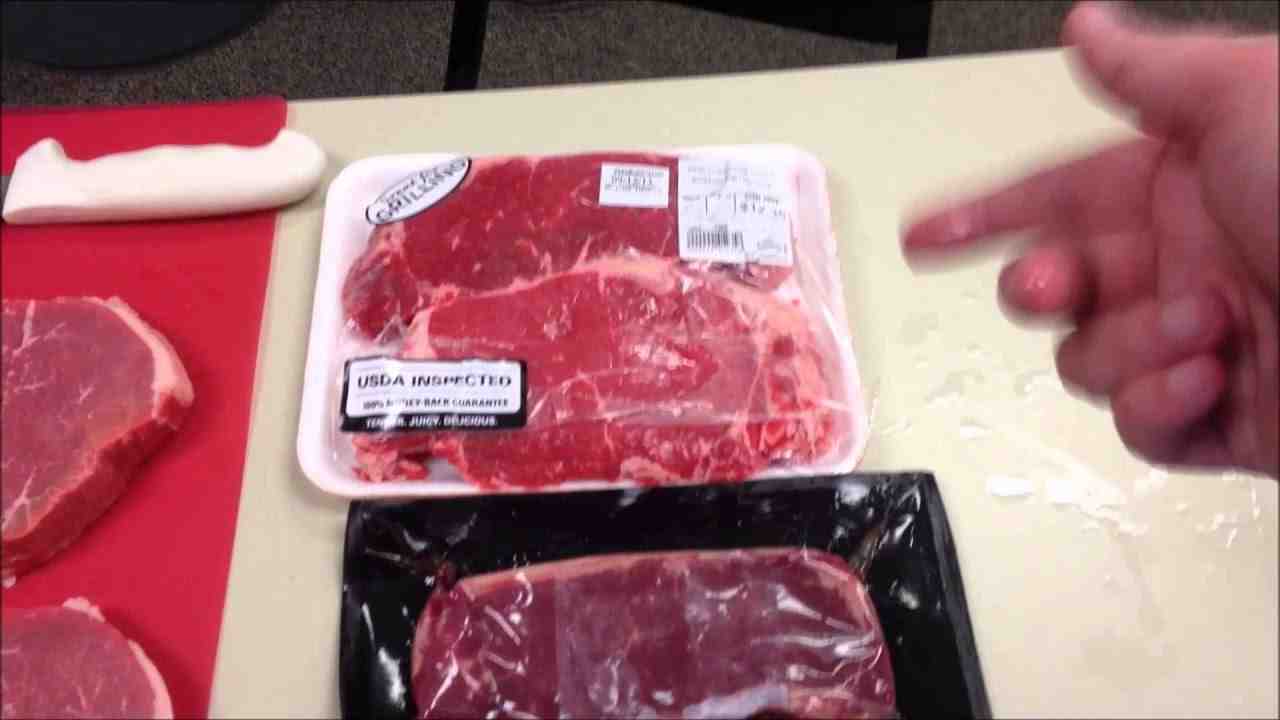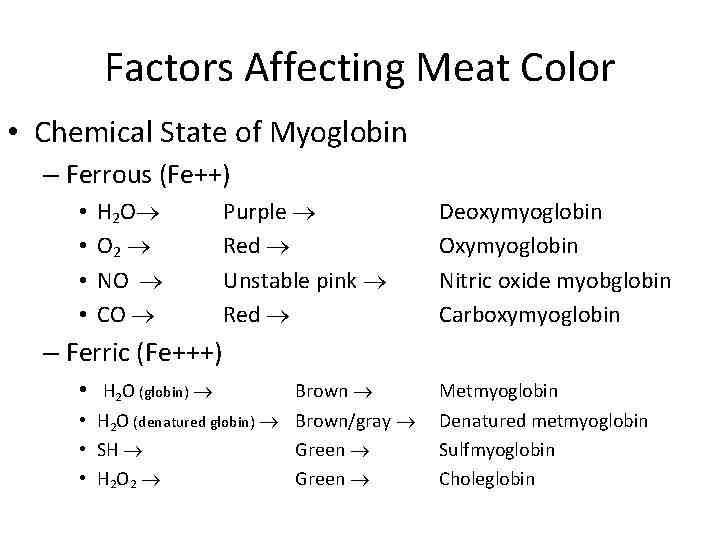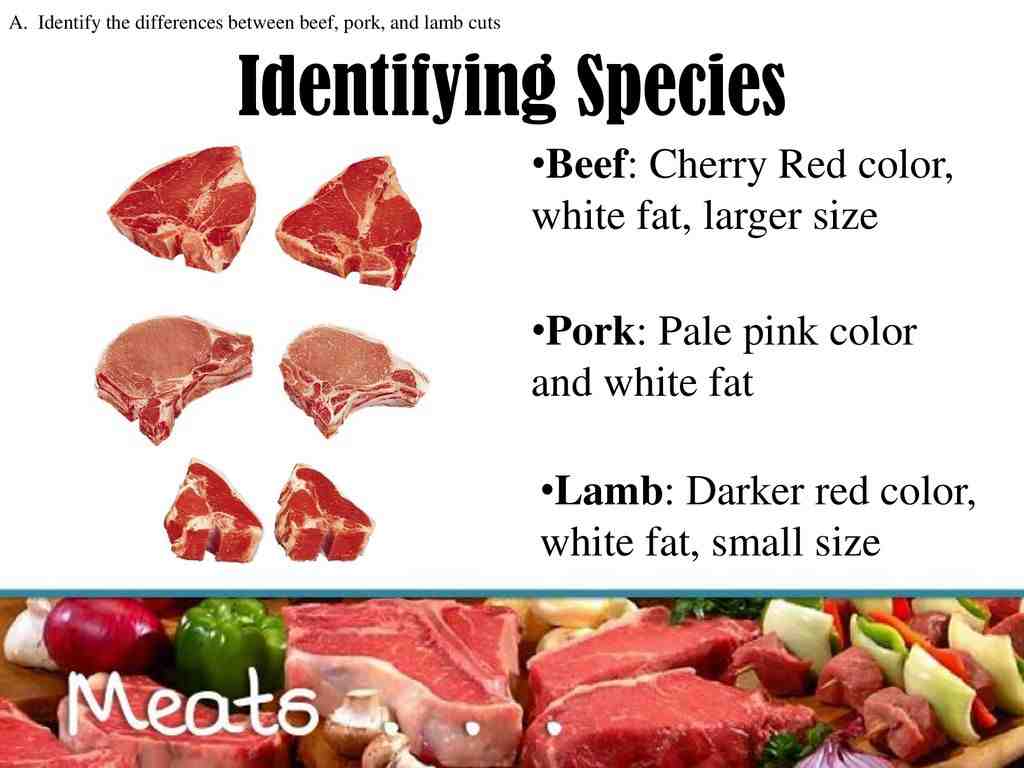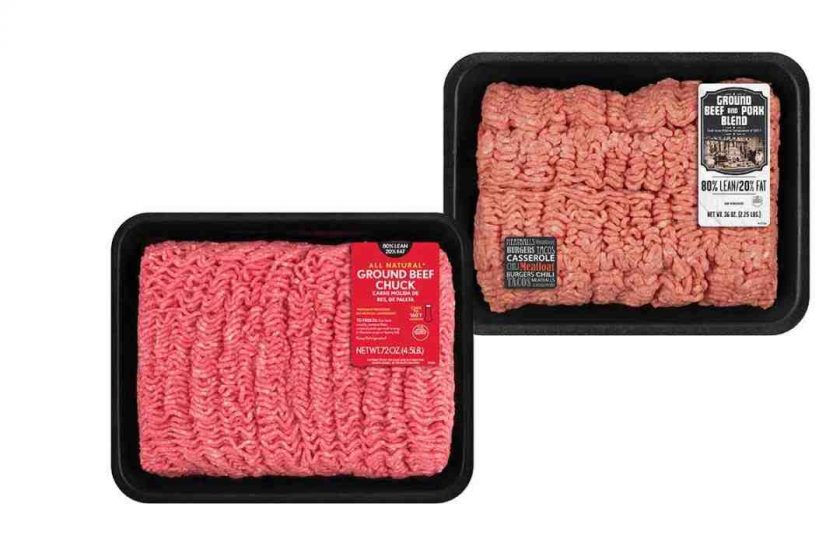Why are nitrates necessary?

Nitrate (NO3-) is composed of the elements oxygen and nitrogen, and is an important source of nitrogen for plant and animal life; But too much nitrate in drinking water can be harmful to human health. Read also : What makes the meat pink?.
Why are nitrates needed in water? Nitrates are essential plant nutrients, but in large quantities they can cause significant water quality problems. Together with phosphorus, nitrates in excess can accelerate eutrophication, causing a dramatic increase in aquatic plant growth and changes in the types of plants and animals that live in the stream.
Why do we need nitrates?
Nitrates and nitrites circulate from the digestive system into the blood, then into the saliva and back to the digestive system (9). They can be useful in keeping your body healthy, as they appear to act as antimicrobial agents in the digestive system. On the same subject : What do they inject into ham to make it pink?. They can help kill bacteria, such as Salmonella (10, 11).
What is nitrate used for?
Nitrate and nitrite are also made in the body. In industry, most nitrate is used as fertilizer for crops or lawns. Nitrate and nitrite are also used in food preservation, some pharmaceutical medicines and in the production of ammunition and explosives.
Why are these nitrates important to us today?
They are considered a preservative because their antimicrobial properties also control destructive bacteria, so cured meats have a longer shelf life than fresh meat. Processors can choose to use nitrate or nitrite in their recipes. Nitrate (NO3) is broken down by bacteria into nitrite (NO2) during the curing process.
Why are these nitrates important to us today?
They are considered a preservative because their antimicrobial properties also control destructive bacteria, so cured meats have a longer shelf life than fresh meat. Processors can choose to use nitrate or nitrite in their recipes. Read also : Why is cured ham pink?. Nitrate (NO3) is broken down by bacteria into nitrite (NO2) during the curing process.
Why do we need nitrates?
Nitrates (or nitrites) are natural chemicals found in soil, air and water. Nitrates are also used as additives to stop the growth of bacteria and to improve the taste and color of foods.
What are nitrates and nitrites used for?
The salts of nitrite and nitrate are often used to harden meat and other perishable products. They are added to food to preserve it and also help prevent the growth of harmful microorganisms, especially Clostridium botulinum, the bacterium responsible for life-threatening botulism.
What makes a meat red or white?

Meat is categorized as either white or red based on the amount of myoglobin found in the animal’s muscle. Myoglobin is a protein found in meat that produces a red color when exposed to oxygen. Poultry and fish, both of which are considered white meat, have significantly less myoglobin than red meat.
What makes meat red meat? The protein myoglobin stores oxygen in muscle cells, which use oxygen to extract the energy needed for constant activity. Myoglobin is a richly pigmented protein. The more myoglobin there is in the cells, the redder or darker the flesh becomes.
What is considered white meat?
In general, mammalian meat such as cows and calves, sheep, lambs and pigs are considered red, while chicken, turkey and rabbit meat are considered white. It’s all about the level of myoglobin – the iron-containing protein in muscle – that gives meat its red color.
Which cuts are white meat?
White pieces of meat are the breast, tender breast and wings. Dark pieces of meat are the drumstick and the thighs. The color differences occur because they are two separate muscle types. Dr.
Is tuna considered white meat?
In nutrition studies, white meat includes poultry and fish, but excludes all mammalian meat, which is considered red meat. Some types of fish, such as tuna, are red when raw and turn white when cooked. Certain types of poultry that are sometimes grouped as white meat are red when raw, such as duck and goose.
What defines white and red meat?
Red meat comes from mammals and is richer in iron and protein than white meat. Some examples of red meat include beef, pork, lamb and goat. White meat on the other hand is actually lighter in color and comes from birds such as chicken, turkey, duck and goose.
What classifies as red meat?
Red meat refers to all muscle meat from mammals, including beef, veal, pork, lamb, mutton, horse and goat.
What defines white meat?
noun. Britannica Dictionary definition of WHITE MEAT. [noncount]: meat that comes from the breast or other thick parts of a chicken, turkey, etc., and which is lighter in color than the other parts when cooked. also: meat (like pork) that is lighter in color than beef when cooked – compare dark meat, red meat.
Why is chicken called white meat?
White meat is white because there is less use in the muscle. The myoglobin content is low in these muscles. This is why chicken breast, pork and veal are a little pink or white, before or after cooking.
Is chicken considered a white meat?
Chicken breast and wings are considered white meat.
Why is breast called white meat?
When we talk about the white meat of a turkey or chicken, we are talking about the breast meat. It is white because the fuel for these muscle fibers comes primarily from a carbohydrate called glycogen and does not require much oxygen from the blood.
Why is my meat brown after thawing?

When the myoglobin is exposed to oxygen, it becomes oxymyoglobin, which turns the steak into a bright red color. To maintain the bright red color that consumers prefer, supermarkets use a plastic wrap that oxygen can pass through to wrap the steak. Yes, it’s true, many things turn brown when they oxidize.
Is beef safe to eat if it turns brown? Answer: The steaks should be fine. As the US Department of Agriculture points out, it is normal for fresh meat to change color during storage in the refrigerator. For example, it is common for beef to have a more brownish hue due to oxidation.
How do you know when defrosted meat is bad?
7 signs that something has gone wrong in the freezer
- There are ice crystals inside the packaging. …
- The protein has changed color. …
- The vegetables look super boring. …
- You can not remember exactly when you put something there. …
- There is evidence of spillage. …
- It is a rancid or bad smell. …
- The thawed food is sticky or slimy.
Does frozen meat smell when defrosted?
Physical changes. Meat deprived of oxygen will be darker. It can also have a funny smell when the package is first opened. This odor is in no way an indication that there is a problem with the meat.
How long before meat goes bad after defrosting?
Information. While foods are being thawed in the refrigerator (40 ° F or less), they remain safe. After thawing, use minced meat, poultry and fish within one or two extra days, and use beef, pork, lamb or veal (roast, steaks or chops) within three to five days.
Why is my thawed beef Brown?
This darkening is due to oxidation, the chemical changes in myoglobin due to the oxygen content. This is a normal change during storage in the refrigerator. Beef that has turned brown during prolonged storage can be damaged, have an unpleasant odor and be sticky to the touch and should not be used.
How do you know if defrosted beef is bad?
If the steak is sticky, slimy, sticky or smells bad, discard it. “If you leave the minced meat in the fridge, it will eventually start to spoil after so many days,” said Magoulas. “Usually with meat, they will be sticky, slimy and have a bad or bad smell.”
What is the reasons behind the changes of color of the meat?

Once meat is cut, oxygen reacts with the myoglobin to create the bright red color associated with oxymyoglobin. This will continue to develop until the iron in the myoglobin oxidizes to the methmyoglobin stage. Oxidation can also occur when iron in the meat binds with oxygen in the muscle.
What causes the changes in flesh color from pink to brown? Myoglobin is broken down during cooking and causes meat to be brownish in color when cooked through (170 F). Meat at lower degrees of roasting such as rare (140 F) and medium rare (145 F) has not completely denatured and still gives a red or pink color to the cooked meat.
What is responsible for meats brown color?
After exposure to the air for 15 minutes or so, the myoglobin receives oxygen and the flesh becomes light, cherry red. After the steak has been refrigerated for about five days, it may turn brown. This darkening is due to oxidation, the chemical changes in myoglobin due to the oxygen content.
Which protein is responsible for meat color?
Myoglobin is the sarcoplasmic heme protein that is primarily responsible for the meat color, and the chemistry of myoglobin is species-specific. The mechanistic interactions between myoglobin and several external and internal factors control the color of both raw and cooked meat.
Why does my meat look brown?
This darkening is due to oxidation, the chemical changes in myoglobin due to the oxygen content. This is a normal change during storage in the refrigerator. Beef that has turned brown during prolonged storage can be damaged, have an unpleasant odor and be sticky to the touch and should not be used.
What are the factors that affect the color of meat?
The color intensity of meat is determined by such antemortem factors as species, stress, sex and age of the animal, postmortem pH decrease and final pH in the meat. The color intensity differences between species are primarily caused by different concentrations of myoglobin.
How is the color of meat determined?
Measurements of meat color involve two basic methods: human visual assessment and instrumental analyzes. Both types involve the inherent chemistry of myoglobin (see 14, 16, 17, 18 for reviews). Factors affecting myoglobin color changes in fresh and frozen meat have been reviewed by previous speakers.
What factors affect the color of meat and poultry?
Proteins, the age of an animal, the amount of exercise it receives, and the storage of meat determine the color. Myoglobin, a protein, is responsible for most of the red color. Purple in color, when mixed with oxygen, it becomes oxymyoglobin and produces a bright red color.
What is responsible for meat red color?
Myoglobin is the iron-containing protein that gives meat its color, and it is a great source of iron in the diet. Myoglobin stores oxygen in muscle cells and is similar to hemoglobin which stores oxygen in blood cells. The more myoglobin meat contains, the darker red it will appear in color.
Why does meat look so red?
Red meat. Fresh meat in the supermarket is red due to the pigment called “myoglobin”, which stores oxygen in muscle cells. But myoglobin is only red when bound to oxygen molecules. In live animals, the blood carries oxygen to the myoglobin; in freshly cut meat, oxygen comes directly from the air.
Which protein is responsible for meat color?
Myoglobin is the sarcoplasmic heme protein that is primarily responsible for the meat color, and the chemistry of myoglobin is species-specific. The mechanistic interactions between myoglobin and several external and internal factors control the color of both raw and cooked meat.
What is responsible for meat pink color?

It is now known that three different pigments can often cause red or pink color in cooked meat. They are 1) undenatured myoglobin and oxymyoglobin, the red pigments for fresh meat, 2) nitrosyl hemochrome, the pink pigment in cured meats, and 3) reduced globin hemochromes from well-cooked meat.
Which protein is responsible for the meat color? Myoglobin is the sarcoplasmic heme protein that is primarily responsible for the meat color, and the chemistry of myoglobin is species-specific. The mechanistic interactions between myoglobin and several external and internal factors control the color of both raw and cooked meat.
What is responsible for meat color?
When meat is fresh and protected from contact with air (as in vacuum packs), it has the purple-red color that comes from myoglobin, one of the two key pigments responsible for the color of meat. When exposed to air, myoglobin forms the pigment, oxymyoglobin, which gives the flesh a pleasant cherry red color.
What is responsible for meat red color?
Myoglobin is the iron-containing protein that gives meat its color, and it is a great source of iron in the diet. Myoglobin stores oxygen in muscle cells and is similar to hemoglobin which stores oxygen in blood cells. The more myoglobin meat contains, the darker red it will appear in color.
What is the real color of meat?
The protein myoglobin is actually responsible for giving raw meat its red color, and it is present in the animal’s tissues and turns red when exposed to oxygen during processing.
What is responsible for meat red color?
Myoglobin is the iron-containing protein that gives meat its color, and it is a great source of iron in the diet. Myoglobin stores oxygen in muscle cells and is similar to hemoglobin which stores oxygen in blood cells. The more myoglobin content meat contains, the darker red it will appear in color.
Why does meat look so red?
Red meat. Fresh meat in the supermarket is red due to the pigment called “myoglobin”, which stores oxygen in muscle cells. But myoglobin is only red when bound to oxygen molecules. In live animals, the blood carries oxygen to the myoglobin; in freshly cut meat, oxygen comes directly from the air.
What is responsible for meats brown color?
However, exposure to store lighting as well as the continued contact of myoglobin and oxymyoglobin with oxygen leads to the formation of metmyoglobin, a pigment that turns brownish red in the flesh. This color change alone does not mean that the product is damaged.
What is responsible for meats brown color?
However, exposure to store lighting as well as the continued contact of myoglobin and oxymyoglobin with oxygen leads to the formation of metmyoglobin, a pigment that turns brownish red in the flesh. This color change alone does not mean that the product is damaged.
Why does my meat look brown?
This darkening is due to oxidation, the chemical changes in myoglobin due to the oxygen content. This is a normal change during storage in the refrigerator. Beef that has turned brown during long-term storage can be damaged, have an unpleasant odor and be sticky to the touch and should not be used.
What is it called when meat turns brown?
One of the most important taste-producing reactions in cooking is the Maillard reaction. It is sometimes called the “browning reaction” in discussions about cooking, but that description is incomplete at best.
Is the major muscle pigment responsible for the color of meat?
When exposed to air, myoglobin forms the pigment, oxymyoglobin, which gives the flesh a pleasant cherry red color. The use of a plastic foil that allows oxygen to pass through it helps to ensure that the cut meat retains this bright red color. The amount of myoglobin in animal muscle determines the color of meat.
What is responsible for flesh red color? Myoglobin is the iron-containing protein that gives meat its color, and it is a great source of iron in the diet. Myoglobin stores oxygen in muscle cells and is similar to hemoglobin which stores oxygen in blood cells. The more myoglobin meat contains, the darker red it will appear in color.
What is responsible for meats brown color?
However, exposure to store lighting as well as the continued contact of myoglobin and oxymyoglobin with oxygen leads to the formation of metmyoglobin, a pigment that turns brownish red in the flesh. This color change alone does not mean that the product is damaged.
Why does my meat look brown?
This darkening is due to oxidation, the chemical changes in myoglobin due to the oxygen content. This is a normal change during storage in the refrigerator. Beef that has turned brown during prolonged storage can be damaged, have an unpleasant odor and be sticky to the touch and should not be used.
What is it called when meat turns brown?
One of the most important taste-producing reactions in cooking is the Maillard reaction. It is sometimes called the “browning reaction” in discussions about cooking, but that description is incomplete at best.
Sources :
